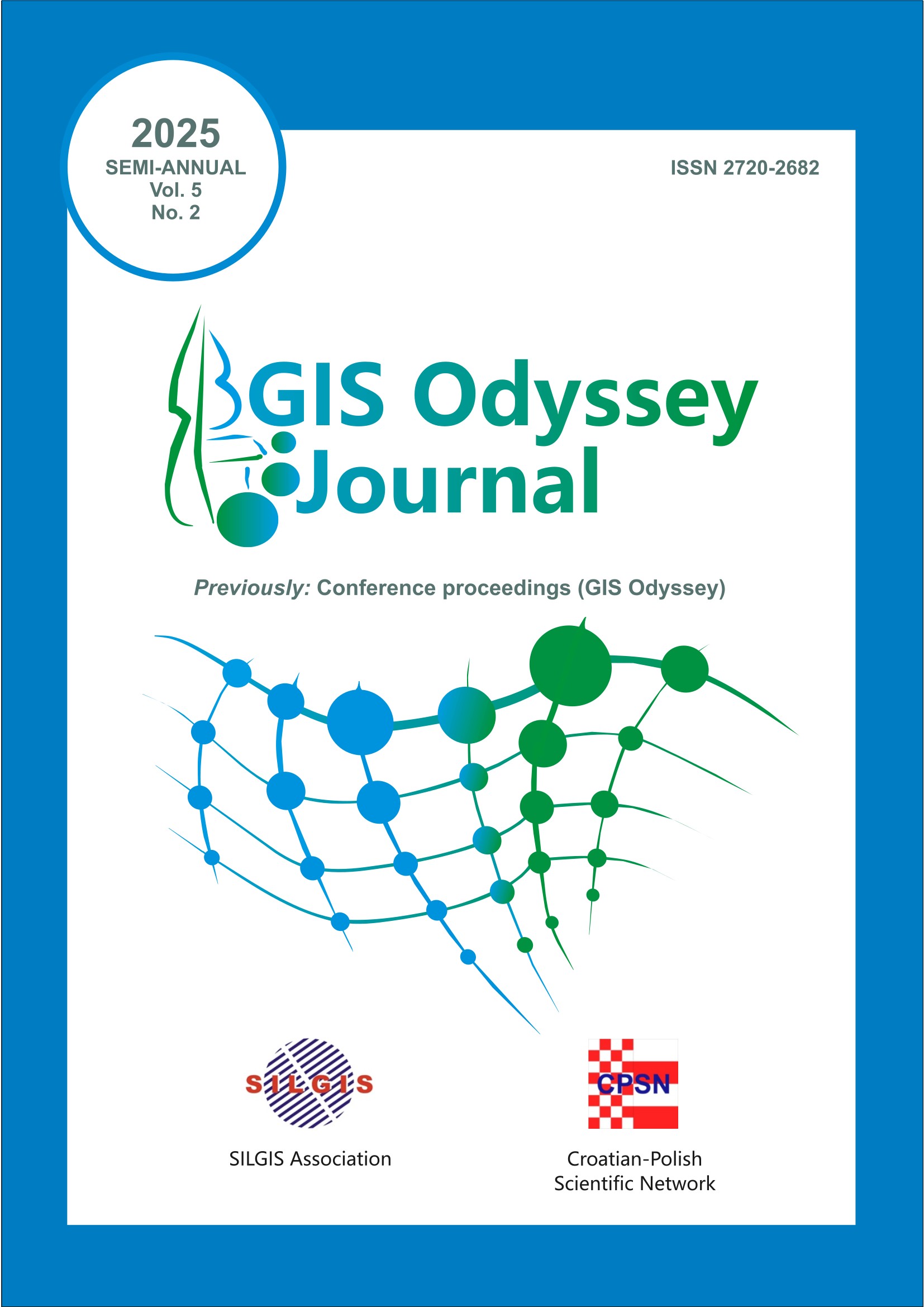GIS TOOLS SUPPORTING GREEN INFRASTRUCTURE MANAGEMENT AT THE HOUSING ESTATE LEVEL – THE CASE OF OLSZTYN
DOI:
https://doi.org/10.57599/gisoj.2025.5.2.205Keywords:
greenery, land data mapping, public open spaces, residential areas, sustainable developmentAbstract
Motives: GIS-based tools have significant potential for broader application in supporting green infrastructure (GI) management processes at the local level. However, not all of their functionalities can be directly applied to every area; therefore, it is necessary to first identify problem areas and specific needs.
Innovation: The role of GIS tools is typically considered in the context of management at the central level. This study, however, focused on exploring the possibilities of their application at the local scale.
Goal: The aim of the study was to examine the potential use of GIS tools to support green infrastructure management at the level of a residential estate.
Methods: A critical literature review on GI management was conducted to identify the potential applications of GIS tools in supporting local GI management. The testing and analyses were performed using the QGIS software.
Results: GIS tools provide excellent support for decision-making as well as for conducting research, analyses, and activities related to local GI management. Among other benefits, they enable rapid problem detection, functional mapping, and monitoring of environmental conditions within a given unit.
Downloads
Published
How to Cite
Issue
Section
License
This is an open access publication, which can be used, distributed and reproduced in any medium according to the Creative Commons CC-BY 4.0 License.







